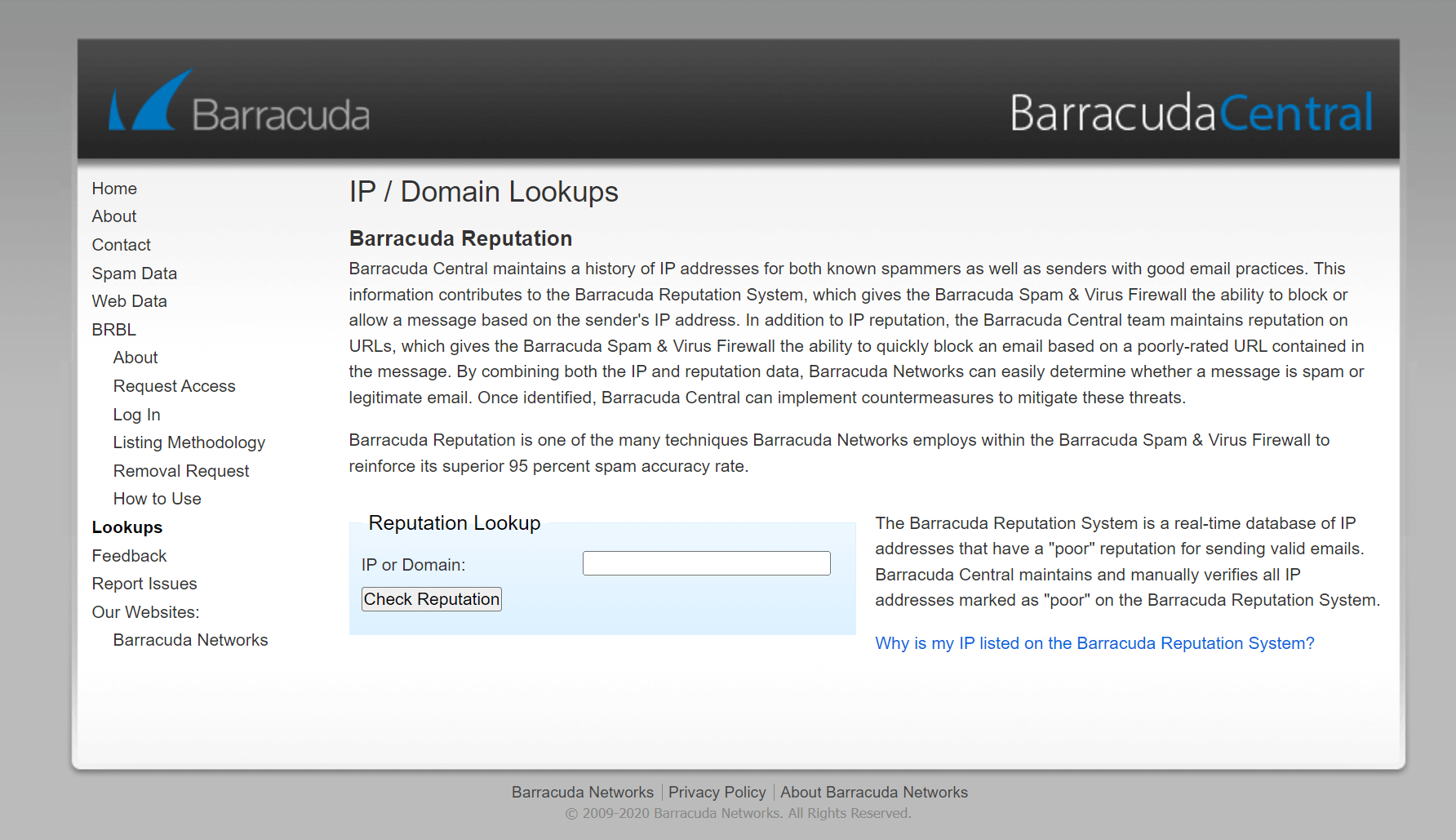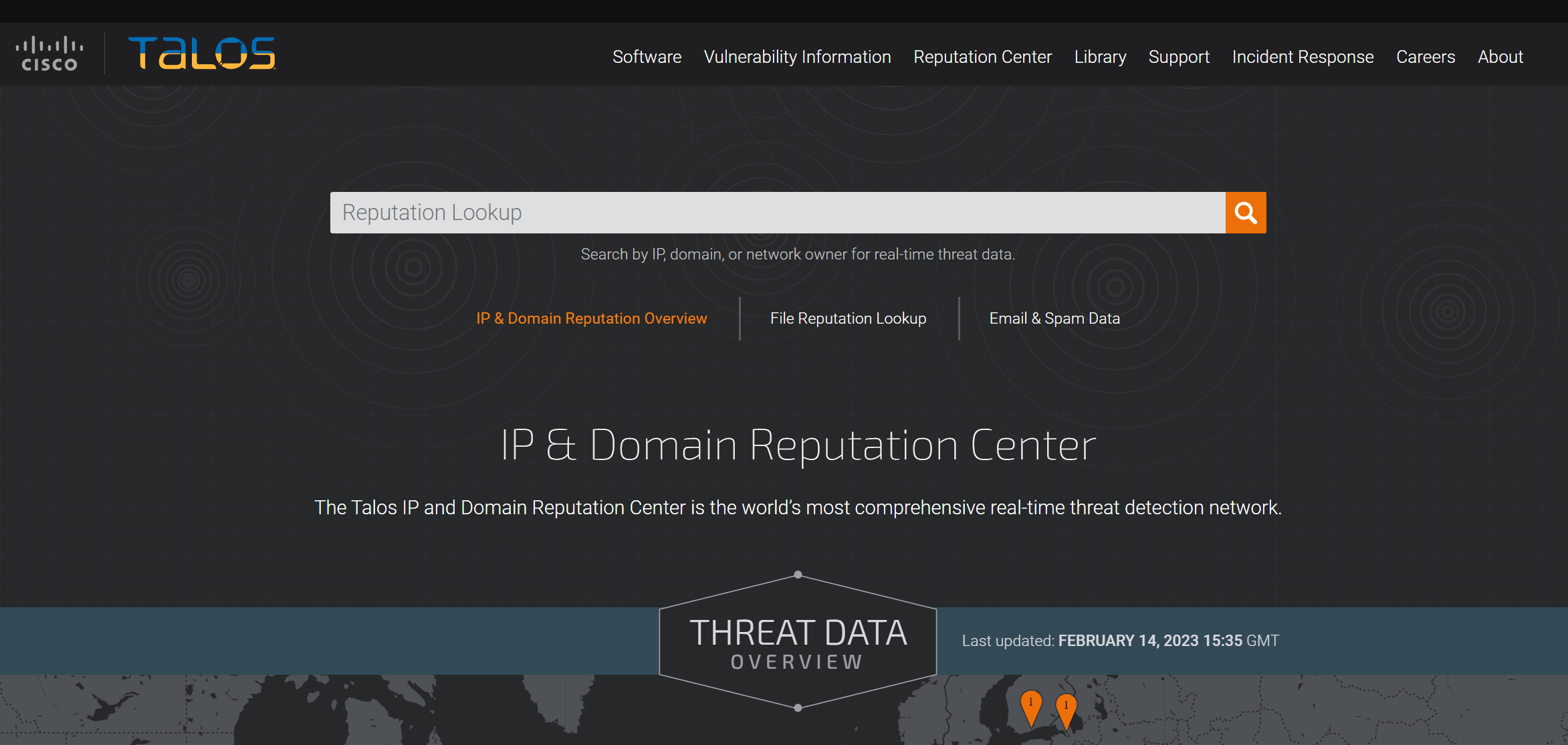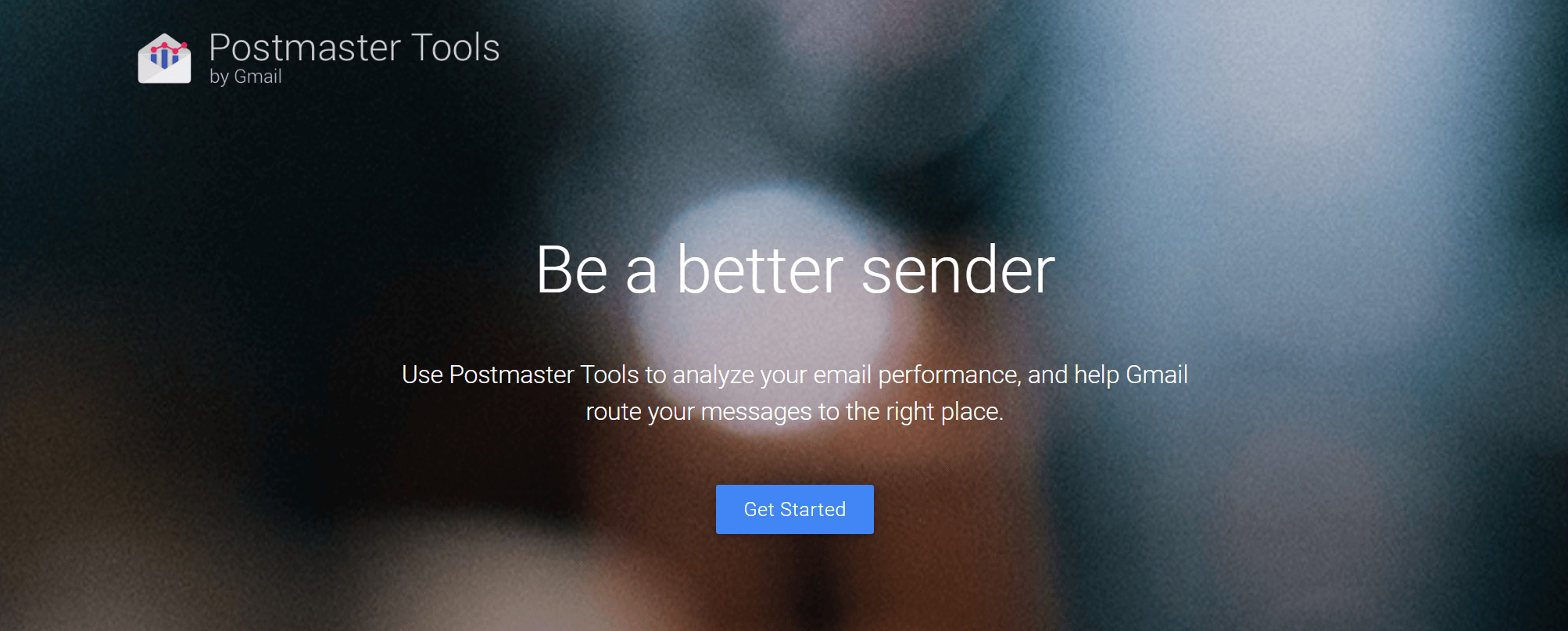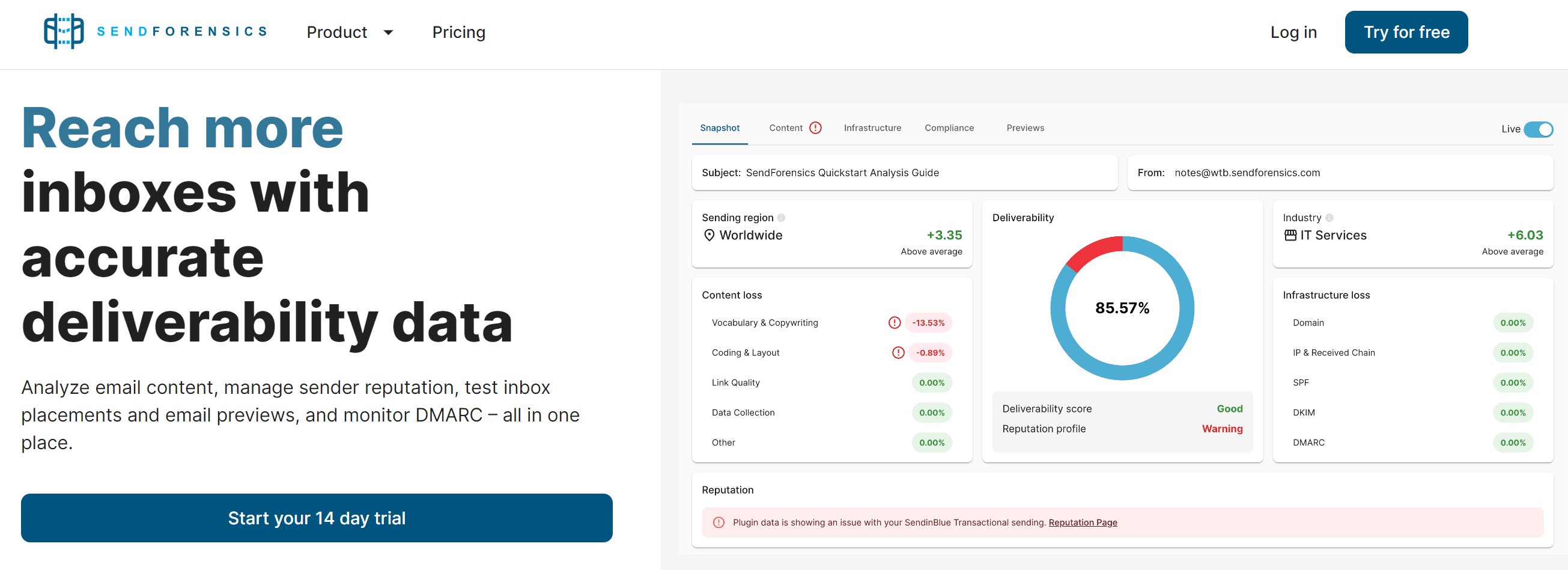
Email Reputation Score: Definition & How To Check It [2025]
The email reputation score can greatly affect your email deliverability, yet many marketers seem not to know what it means or why this matters.
In this blog post, you’ll learn about:
- the definition and types of email sender reputation
- its importance and the factors affecting your email reputation score
- and finally, some of the best tools to check your score
So, let’s begin!
What Is Email Sender Reputation?
Email sender reputation, also known as sender score, is a measurement of your trustworthiness as an email sender. Essentially, it is a score assigned by an Internet Service Provider (ISP) to an organization that sends emails.
Mailbox providers like Gmail and Outlook use this score to determine whether they will deliver the emails to the recipients’ inboxes or they will direct them to the spam folder.
The higher the score, the more chances your email campaigns have to be successfully delivered to subscribers’ inboxes. If your score is low, then ISPs may flag your emails as spam or block them completely.
Delving deeper, you must know that email sender reputation is a combination of two things, IP reputation and domain reputation. Let’s see them in more detail:
IP Reputation
The IP reputation is an indication of whether email servers accept emails that are sent from a specific IP address.
As you may know, every email service provider (ESP) has a pool of IP addresses that are used to send email campaigns. Usually, these IP addresses are shared by multiple users/accounts, but there are also the so-called Dedicated IPs that users can use exclusively.
In the case of shared IPs, the behavior of all senders who have the same IP impacts your reputation score, while for dedicated IPs things are simpler. With them, you (the user) are solely responsible for its reputation.
To sum up, IP reputation takes into account spam, bounce rates, and Unwanted Bulk Email to determine the number of users who accept emails from a specific IP address.
Domain Reputation
The domain reputation refers to the ranking of your email sending domain(s). A sending domain is the part of your email address after the “@” symbol. Domain reputation is related to past email sending patterns and the amount of interaction on the emails.
If your sending domain is “known” for mailing unsolicited messages (spam emails), then things are not good since domain reputation cannot change as easily as IP reputation.
Now that things are more clear, let’s find out the huge importance of sending reputation in email marketing.
Why Is Sending Reputation Important?
Your sending reputation is utterly important since it affects email delivery. If you have a bad reputation, it will be very difficult to get emails delivered to your recipients’ inboxes.
So, you could be spending tons of time (and money) crafting the perfect email marketing campaign, only to be directed to the spam folder and never seen by your subscribers. It would be a total waste of time and money for your business.
The good news is that email sending reputation can change for the better, so below you’ll find the exact factors affecting your email reputation score.
Which Factors Affect Your Email Reputation Score?
Your email reputation score can be affected by several different factors. All these together dictate whether or not you’ll be seen as a trustworthy sender by email service providers.
- Spam traps: Spam traps are email addresses used by ISPs and blocklist providers to identify spammers. While they look like real addresses, they are invalid email addresses (or repurposed) and their only purpose is to lure potential spammers. So, delivering an email to a spam trap could potentially get you on one of the publicly available blacklists.
- Spam complaints: These indicate the number of recipients that flag your marketing emails as spam by hitting the relevant button in their inbox. This user behavior can drastically affect your email reputation score since the more frequent it is, the worse your score gets.
- Bounce rates: This metric refers to the number of emails that fail to be delivered. Bounces are either soft or hard, with the first occurring when there is a temporary email delivery issue and the latter when an address you’re emailing doesn’t exist. An acceptable email bounce rate is under 2%.
- People opening your emails: Engagement is another key factor affecting your score. A good past performance regarding the email open rate (as well as click-through rate) is a positive indicator.
- Unsubscribe rates: Last but not least, the rate at which people unsubscribe from your emails could affect your score. Note that even employees unsubscribing from emails could potentially hurt your reputation.
And now’s the time to explore the best tools available to check your email reputation score!
Top 5 Tools To Check Your Sender Reputation Score
The tools you’ll find below are an excellent starting point to check your email reputation score. They are all straightforward and provide valuable information that can help you see and improve your sender reputation.
1. Sender Score

Senderscore.org is a well-known free tool from Return Path. The tool measures the health of your email marketing software and assigns a number between 0 and 100. This number illustrates the quality of your sender reputation and how mailbox providers see your IP address.
Upon inserting an IP address or domain, you get data about DNS records, SSL certificates, and the list of sending IPs with their respective sender scores.
2. BarracudaCentral

Barracuda Central maintains a real-time database of both IP addresses that have a “poor” sending reputation and addresses that employ “good” email practices. The tool uses the sending history of IP addresses to determine the possibility of legitimate messages coming from those addresses.
3. Talos

Talos Intelligence by Cisco is another free public IP reputation lookup tool. Your score is calculated in real-time. The solution practically associates your “web reputation” with messages delivered across numerous IPs.
A good reputation score means that there is nothing to worry about. A poor reputation means that most of your emails are not getting delivered to the inbox. Finally, neutral shows that there is room for improvement or inadequate information about your domain.
4. Google Postmaster Tools

Postmaster Tools are offered by Gmail with the purpose of helping users understand their email performance and establish which emails are getting delivered and which don’t. You can gain access to delivery errors, spam reports, and feedback loop. What’s more, you can conduct IP and domain reputation checks.
To use Postmaster Tools, you need to have a high sending volume.
5. Send Forensics

Send Forensics is an all-in-one deliverability tool that helps users protect and monitor their sender reputation. It’s definitely a more robust solution compared to the previous ones. Users can track their IP and domain reputation separately, spot changes to important metrics and integrate with Google Postmaster Tools and Microsoft SNDS directly.
Moreover, the software allows you to monitor DMARC compliance, resolve SPF or DKIM issues and find out if you’ve been blacklisted.
Conclusion
Your email reputation score is as important as your company’s actual reputation. Without a good score, your email deliverability rates will probably suffer.
Try to maintain a healthy email list by following email marketing best practices, avoid purchasing email lists and keep track of the bounce codes you get to deal with them appropriately.
And if you’re looking for a powerful email marketing platform that’s affordable and has a responsive support team to help you when trouble hits your door, create a Moosend account today and give Moosend a spin!





 Published by
Published by

 Published by
Published by